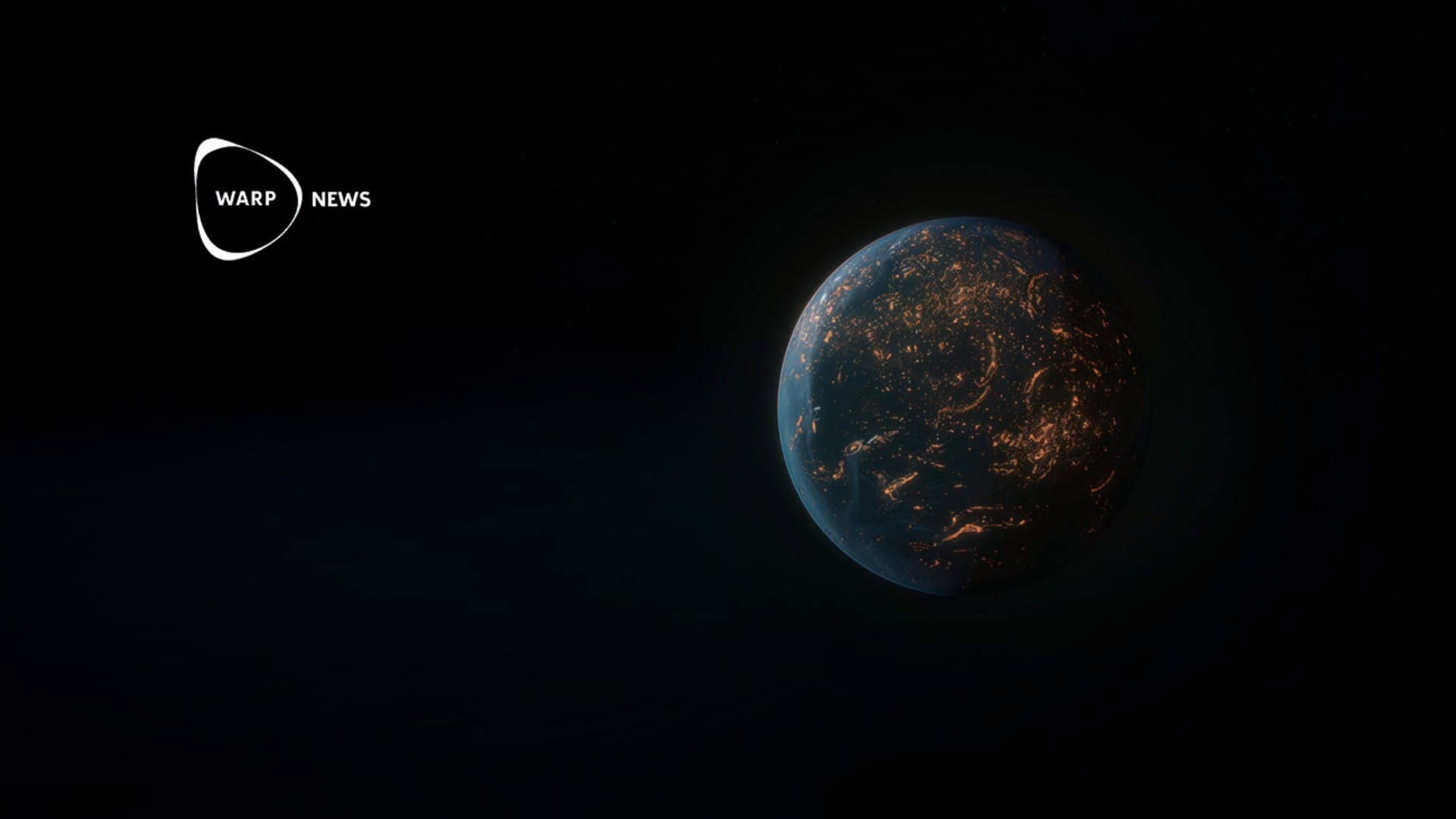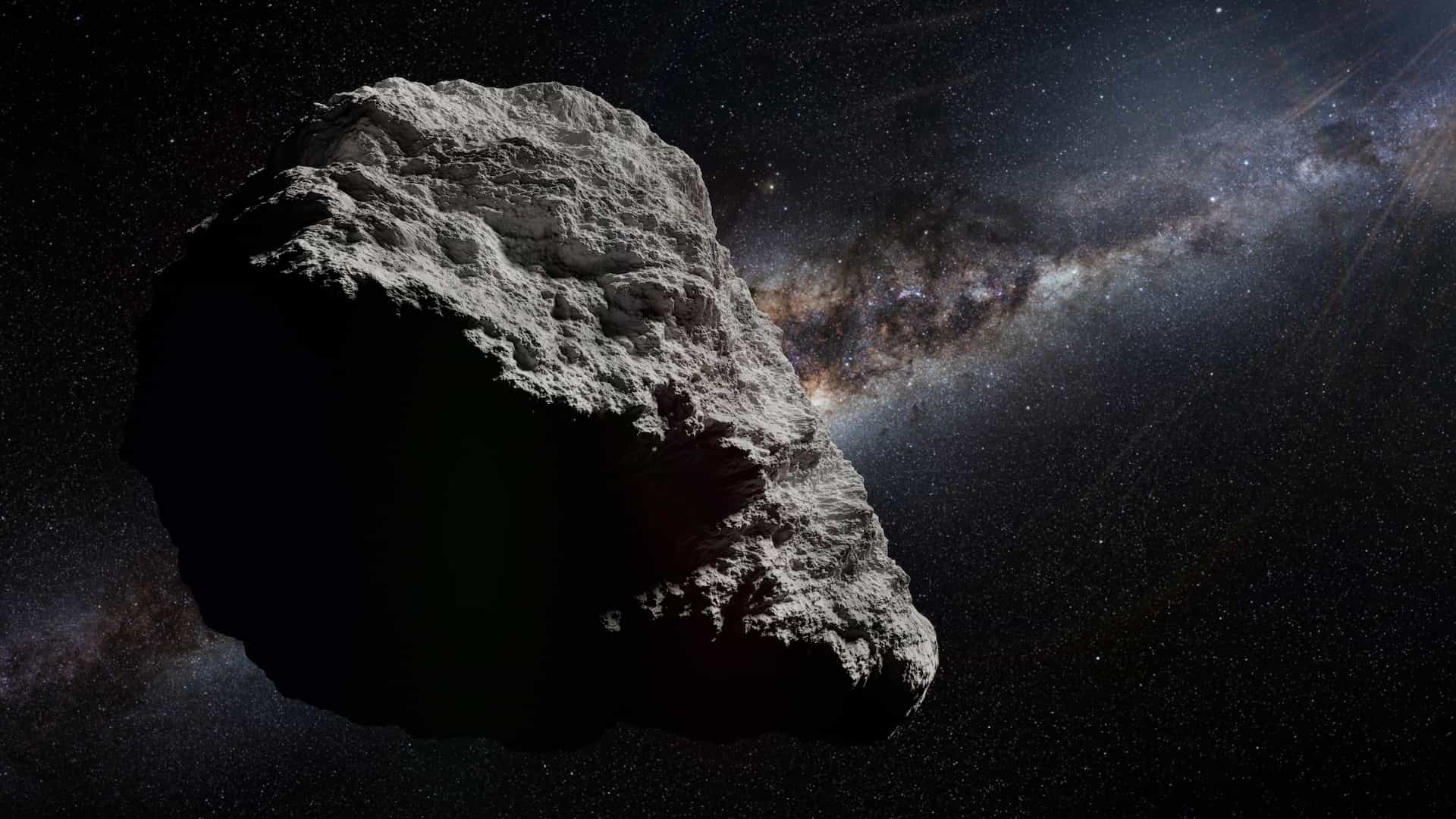
☄️ 30 years since the first asteroid encounter – this is what you need to know
30 years after our first visit to an asteroid, the projects and perspectives around asteroids have flourished. Our knowledge about them has extended massively – both in terms of risks and possibilities.
Share this story!
2021 marked the 30th anniversary of the first encounter with an asteroid. It opened the path for an entirely new field of research and projects. Despite the impressive progress made, science and technology still are at the very beginning of what asteroids have to teach and provide. The perspectives are promising, not least including asteroid mining, but the challenges are also enormous.
A piece of rock for history
Discovered in 1916 by Russian astronomer Grigory Nikolayevich Neujmin, the asteroid 951 Gaspra looks like any other S-Type asteroid among the hundreds of thousands of in our solar system. Yet, its name will forever be associated with a pivotal moment of space exploration.
Indeed, 951 Gaspra was the first asteroid to be visited by a spacecraft. The encounter happened on October 29th, 1991, just about 30 years ago. The target of the Galileo probe was Jupiter and its plethora of moons. But the opportunity to fly by 951 Gaspra rose because its orbit and position in the asteroid belt aligned perfectly on the trajectory of the probe.
Galileo captured and sent to Earth 57 pictures, and the first close-ups ever. Thanks to these, researchers could lay down hypotheses on the formation of such celestial bodies, their history, and composition. 951 Gaspra belongs to the S-type category, meaning it is mainly made of minerals. S in S-type stands for siliceous, as opposed to C-type constituted of carbon, whereas X-type gathers a large variety of more rare asteroids.
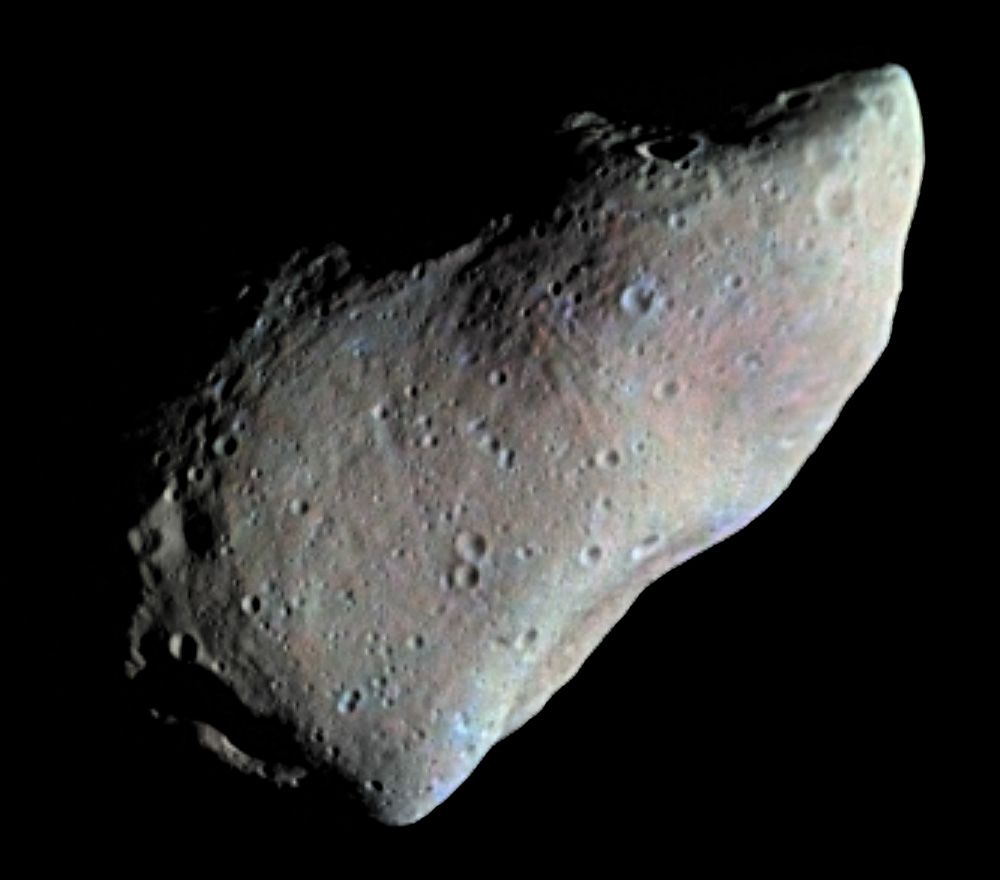
The value of close visits
Its measurements are 19 by 12 by 11 kilometers, but according to in-depth analysis of pictures, the asteroid appears to be suffering from erosion making it complicated to ensure its geological properties.
As highlighted by Helfenstein et al., the real strength of such a fly-by is to be able to observe what could not be seen from distance. Close-ups reveal detailed views of the elevations, the craters, and extended information about what such a small space body went through.
Confirming the value of close visits, Galileo pursued its way and visited 243 Ida, another stony asteroid of the Kuiper belts. Estimated to be ten times older, twice as big as 951 Gaspra, 243 Ida also has the specificity of being orbited by Dactyl, its tiny asteroid-moon.
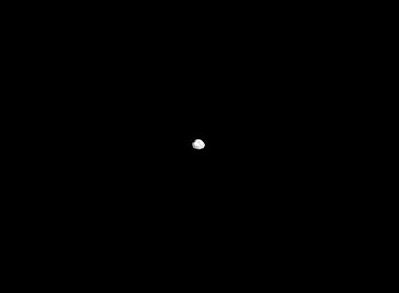
The first fly-by proved worthy, many more were to come, and they kept on affirming the reasons to visit little rocks floating in the void of space.
A great moment for science happens when achievements are reproduced. It is one thing to send a man-made object crossing the path of an asteroid, but repeating it with the same success is just as difficult and important. It allows scientists to turn away from the hypothesis of one lucky attempt.
Only 10 years after the first encounter between the Galileo probe and 951 Gaspra, asteroid missions made a real jump. On February 12, 2001, NASA's NEAR Shoemaker probe not only orbited but became the first spacecraft to land on an asteroid, 433 Eros.
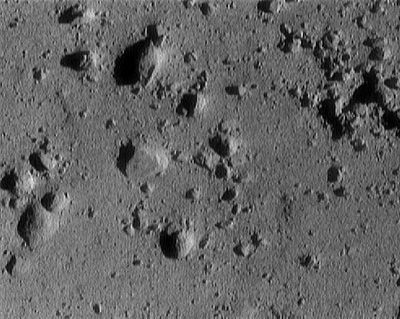
A tortuous journey to success
NEAR Shoemaker first targeted 253 Mathilde, a 61-kilometer diameter asteroid. The probe reached it on June 27, 1997, and once again, it sent to Earth crucial data and about 500 images.
NEAR Shoemaker then pursued its route towards its primal goal, the S-type asteroid 433 Eros. The planned route included a fly-by Earth for a gravitational push.
The original idea was to join the asteroid's orbit on December 20, 1998, but eventually had to be called off after the first attempt. For a reason that remains unclear, the thrusters of the probe were fired a thousand times, resulting in the probe switching to safe mode. During 24 hours, there were no contacts between mission control and the craft.
A new plan was drawn, with NEAR first simply flying by 433 Eros, during which pictures, spectrum measures were made. It was a year later, on February 14, 2000, that orbital insertion happened. It required two weeks for the probe to meet the trajectory of Eros, and adjust its velocity. After nine months around the asteroid, NEAR shifted trajectory and slowly began descending towards the surface, resulting in its landing on February 12, 2001.
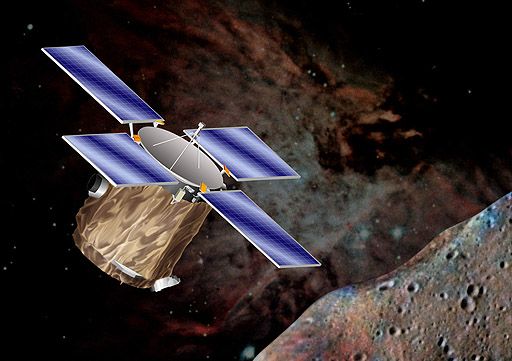
Smaller spacecraft and smaller cost
Unfortunately, two weeks after contact on the ground, the spacecraft succumbed probably due to extremely cold temperatures and stopped transmitting data. But the real strength of NEAR Shoemaker lied elsewhere. Indeed, this program was a success thanks to its relatively low cost, about $224 million over 5 years on its mission.
It proved that programs with smaller robotic crafts (and therefore smaller costs) could be as successful as more spectacular missions. It was the first of the Discovery Program series, which remains one of NASA's primary focuses up to date.
By becoming a premium supporter, you help in the creation and sharing of fact-based optimistic news all over the world.


